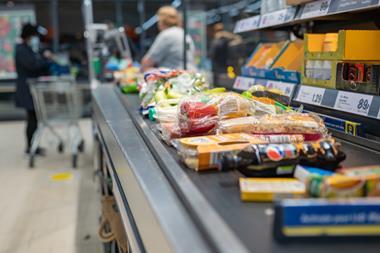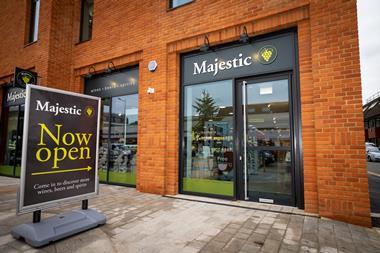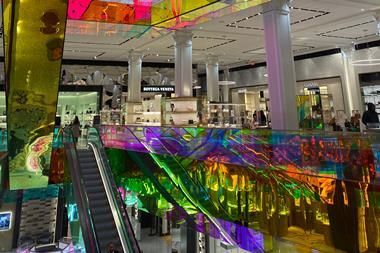UK retail sales rose in December 2022 but the uptick masked a drop in volumes due to inflation running at historically high levels, the latest BRC-KPMG Retail Sales Monitor has found.

For 2022 overall, total sales increased by 3.1% from 2021, with food growth posting a 3% rise and non-food recording a 3.2% uplift for the year.
On a total basis, sales increased by 6.9% in December against an increase of 2.1% for the same month in 2021 – this was above the three-month average growth of 4.4% and the 12-month average growth of 3.1%.
UK retail sales jumped 6.5% on a like-for-like basis from December 2021, compared with 0.6% over the same period the previous year. This exceeded the quarterly average growth of 4.1% and the 12-month average increase of 1.8%.
Over the three months to December, sales leapt 7.9% on a total basis and 7.7% on a like-for-like basis, above the 12-month total average growth of 3%.
Non-food sales increased 1.5% on a total basis and 1.1% on a like-for-like basis over the same period, below the 12-month average growth of 3.2%.
In the three months to December, in-store sales of non-food items rose 5.3% (total) and 4.5% (like-for-like).
This was below the 12-month growth of 25.6%, the monitor revealed.
A 3% decrease was recorded for online non-food in December, against a decline of 13.9% in the same month in 2021, while the non-food online penetration rate fell to 42.3% in December from 44.3% at the same point a year earlier.
BRC chief executive Helen Dickinson said the increase in spending gave many retailers cause for cheer after an “exceptionally challenging year, which saw inflation climb and consumer confidence plummet”.
She added: “Many consumers braved the cold snap and the strikes to ensure friends and families got the gifts they wanted, with energy-saving products, warm clothing and boots all selling well.
“Nonetheless, despite the stronger sales, growth remained below inflation, making December the ninth consecutive month of falling volumes.
“Retail faces further headwinds in 2023. Cost pressures show little immediate signs of waning and consumer spending will be further constrained by increasing living costs.
“Retailers are juggling big cost increases while trying to keep prices as low as possible for their customers. And, from April, they will be hit with an additional £7.5bn energy bill should the government’s energy support scheme expire.
“We hope the chancellor’s announcement this week will provide the necessary extension or further price rises will be inevitable.”
Paul Martin, UK head of retail at KPMG, said retailers would face a challenging few months as consumers manage rising interest rates and energy prices by reducing their non-essential spending.
He added that industrial action across several sectors could also impact sales.
“The strong demand across certain categories that has protected some retailers will undoubtedly fall away so we can expect high street casualties as we head into the spring,” he said.
“This will present opportunities and some organisations will benefit from the current situation through market-share growth and consolidation opportunities that will arise.
“The first half of the year will be tough for retail and a case of survival of the fittest, but we expect to see demand increase as 2023 progresses.”
- Never miss a story – sign up for Retail Week’s breaking news alerts


























1 Reader's comment